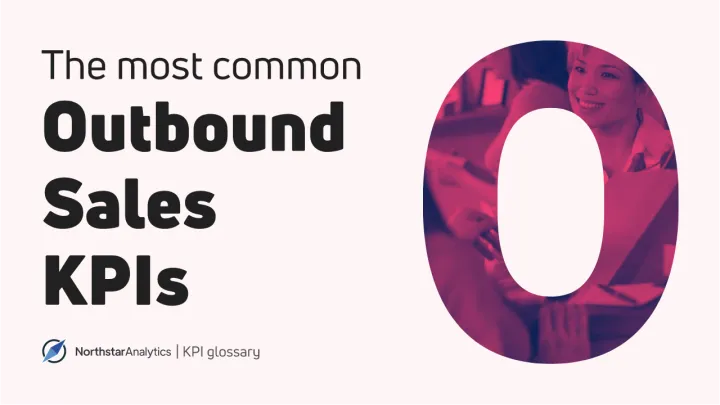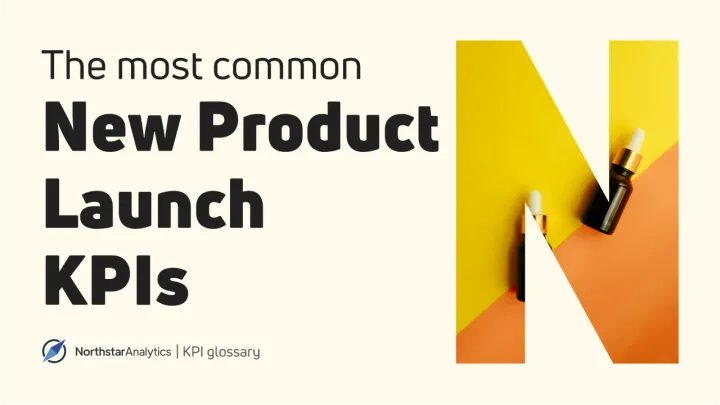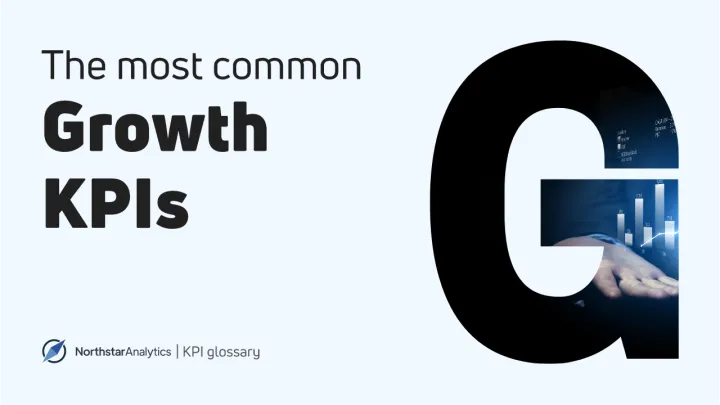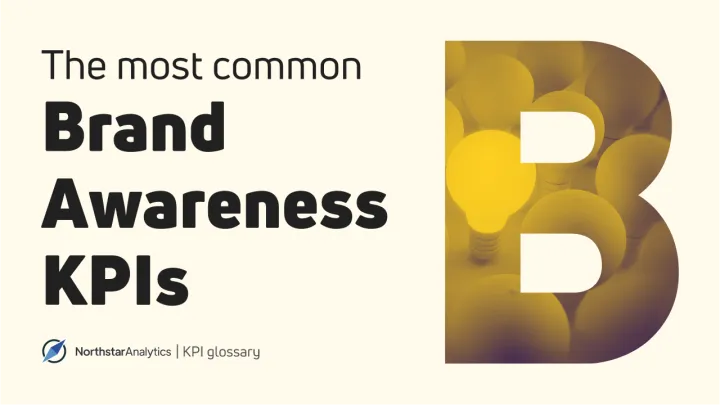Top Digital Marketing Metrics and KPIs

Choosing the right metrics for your digital marketing efforts is essential to determining how effective your campaigns are and how you can improve them. That's because "more" doesn't always lead to "better".
There are several types of digital marketing metrics, including but not limited to customer acquisition and retention, channel analysis, customer lifetime value, customer experience analysis, customer activity analysis and goals-based reporting.
By reviewing the most common digital marketing KPIs (Key Performance Indicators), you will learn how to apply them to your own marketing efforts.
In this blog post you'll find the answers to questions about different performance metrics' purpose and application in digital marketing, how to calculate and use some of the main KPIs (Key Performance Indicators), and why understanding these performance metrics is key if you're looking at improving your online sales results.
Website Related KPIs
Number of unique visitors
Knowing how many people visit your website will allow you to assess the effectiveness of your marketing campaigns and other outreach strategies.
Number of returning visitors
A first-time visitor is always welcome, but a repeat visitor is no longer just looking around; he or she is one step closer to becoming a customer.
Time spent on your website
By tracking this KPI, you may understand how many people visit your site and how many stay to learn more about your company.
Navigation path
Where do visitors go after they arrive at your website? Tracking user behavior on your website will inform you what kind of content are popular and how people make purchasing decisions.
Bounce/exit rate
This number whether users are leaving your site right away, where they are leaving, and whether there is an issue with your campaigns.
Retention rate
The first time a customer purchases from your company, he or she can be profitable. The retention rate indicates how successful you are in obtaining a second order.
Conversion Related Metrics
Lead generation rate
What percentage of site visitors fill out contact forms or sign up for email newsletters? This KPI will inform you — as well as whether or not your call to action is effective.
Conversion/response rate
This is one of the most common KPIs used by digital marketers. The greater the number of people who respond to your offer, the more successful your campaign.
Revenue Related Metrics
Revenue per customer
You can determine your most profitable market segments after you know how much money each customer generates.
Total revenue
Measuring revenue per client might help you identify whether you've reached out to the correct prospects. Total income is used to assess the overall performance of a campaign.
Total sales
This can be measured by the number of purchases or the total number of things sold. In either case, it indicates how much people are purchasing.
Revenue per channel
You obtain the knowledge you need to make each following campaign even more successful by measuring the performance of each channel.
Customer lifetime value
A devoted consumer will provide value for months, if not years. Measuring each customer's lifetime value will assist you in determining what that value is and how to grow it.
Financial KPIs
Cost per lead
It costs money to produce new business, but evaluating cost per lead will tell you if you're investing enough.
Profit per customer
If you know how much it costs to acquire a client and how much income that customer earns, you can calculate how profitable that customer is.
Net income
Even in traditional marketing, this was a standard statistic; today, it tells you how much your digital marketing plan is creating for your company.
Return on investment
This is similar to net income, but it is provided as a way to show how much money you gain for every dollar you spend.
Social Media and SEO Related KPIs
Number of likes and shares
Your company should be active on social media on a regular basis. Likes and shares are your followers' method of showing you that they are paying attention.
Social media followers
With the ability of social media to influence brand awareness, sales, and even search engine rankings, this statistic is becoming increasingly popular.
Social Engagement
Likes and shares are appreciated, but deeper engagement with your brand — commenting on stories, participating in online debates — is a sign of greater affinity with your brand.
Brand awareness
Consumers must first be aware that your company exists before they can decide whether or not they like it. Check this KPI to see if this is the case with your target market.
Market share
The greater your firm's market share, the more productive and profitable it will be. Keeping track of this figure is the first step in increasing it.
Search engine rankings
Your position in search results is influenced in part by the reputation of your brand. By following one, you can gain a sense of the other.
Positive/negative comments
When consumers read what others are saying about your firm, they form an opinion (good or bad) about it. That is why you must monitor this KPI.
Media mentions
Although consumers have a lot of influence over brand performance, the media can still play a part. Tracking the number of media mentions will tell you what the press is saying and how frequently it is saying it.








